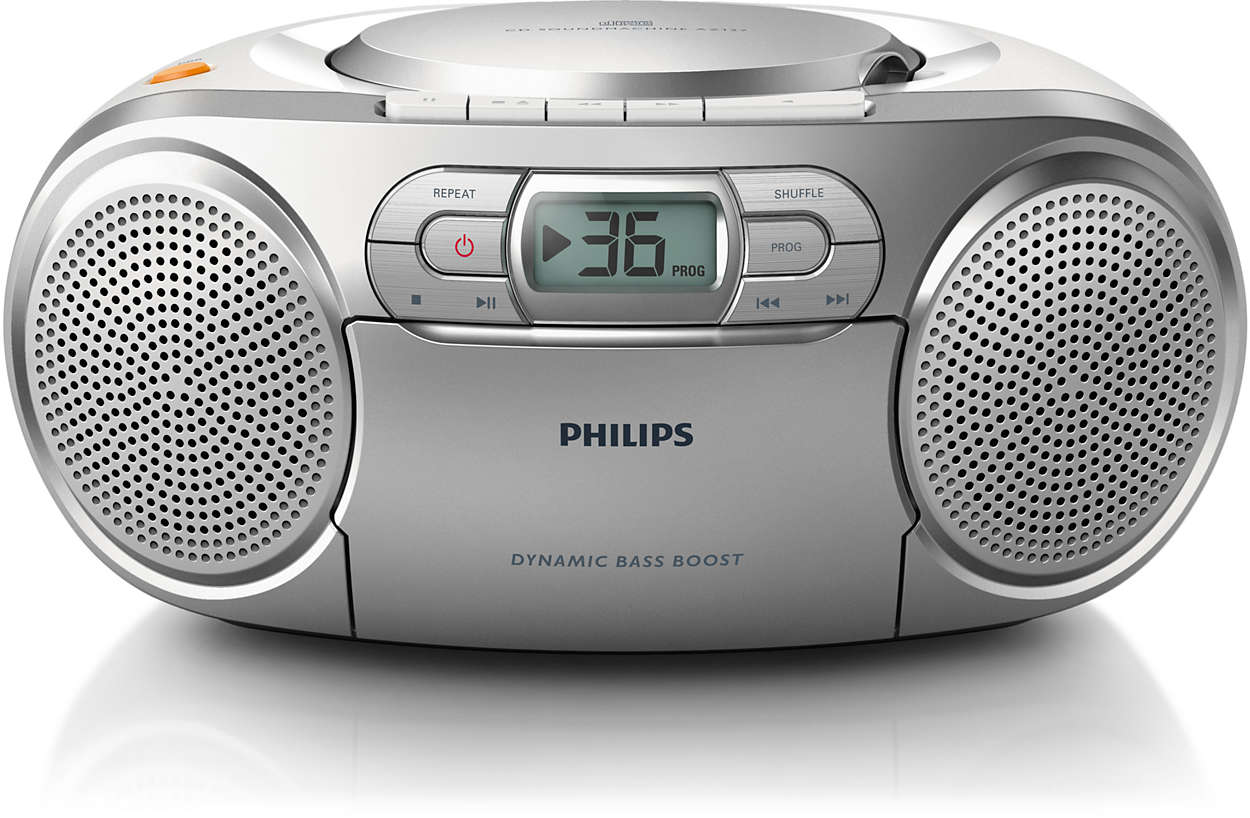As all the hardware devices have drivers associated similarly USB devices also have it. Sometimes proper drivers do not get detected after the initial installation so reinstallation of the drivers helps resolve the issues. You may check after uninstalling and reinstalling the USB drivers if you are able to connect. Attach your USB device to your host computer and let Windows enumerate the device. Open Device Manager and open properties for your device. On the Details tab, select Hardward Ids under Property. The hardware ID for the device is displayed in the list box. Versalase - Vortran Versalase laser driver YodnLighting - YODN Lighting lamp device adapter for E600 serial products Other devices. AAAOTF - AOTF controller from AA Optoelectronics Aladdin - Syring pump controller from Aladdin AndorShamrock - Andor Shamrock Spectrographs Aquinas - Aquinas Microfluidics Controller. Debugging USB Problems. Basic Information. To get a list of currently attached USB devices (including hubs) use the following command: sudo lsusb -v. Another variation, which results in a slightly more condensed format but will also show which driver currently is used for the devices can be received by: cat /proc/bus/usb/devices.
Uninstall USB device driver to make USB recognized. Being different from the options of updating or degrading the driver version, uninstalling the driver could result in a total disability of all the USB ports. So take care of this last-try method. Open Device Manager (Right Click on Windows Logo and Click Device Manager).

Universal Serial Bus (USB) protocol is very complex. So the USB support software present in Microsoft® Windows® operating system family is also complex and provides a layered architecture where the system-supplied and vendor-supplied user- and kernel-mode components can be involved in communications over USB. Transactions performed over the USB are basically initiated by the user applications which communicate with the operating system by calling Windows API functions which in turn interact with appropriate device drivers providing access to a USB device through standard and vendor-specific interfaces.


What do you do when you want to know what is going on inside the Windows USB subsystem? What USB drivers are used to connect various peripheral USB devices to a computer? What I/O requests, support routines, structures, and interfaces the core components of the Windows USB architecture use to communicate with the USB devices? What you need is a USB Protocol Analyzer.
Analyze and Realize USB Protocol!
USBlyzer is an easy to use software-based USB Analyzer and USB Data Traffic Sniffer for Windows, which provides a complete yet simple to understand view for monitoring and analyzing USB Host Controllers, USB Hubs and USB Devices activity.
With USBlyzer you can:
View all plugged USB devices in hierarchical auto-refreshed tree view along with detailed information about each USB device properties and their child components:
USB device stack layout: Device objects for each driver that is involved in handling I/O activity.
USB descriptors: Device Descriptor, Configuration Descriptor, Interface Descriptor, Endpoint Descriptor, etc.
Information related to Plug and Play: Hardware IDs, Instance ID, Software Key, etc.
Capture, decode and display important information going through USB device stack:
USB-related requests such as URBs and structures used by USB device drivers.
I/O Request Packets (IRPs) used by PnP subsystem.
Kernel-mode and user-mode device I/O control requests (IOCTLs) used by USB client drivers and user-mode applications.
Incoming and outgoing data traffic of the USB devices.
Trace USB requests that the user-mode applications and USB device drivers use to communicate with the USB driver stack.
Analyze USB protocol and USB devices I/O activity with ease.
Filter to exclude non-essential information from the view.
Search the captured data for the particular request types.
Save captured data in binary file for later analysis.
Export USB descriptor hierarchy and all captured data to a file.
The detailed list can be seen on USB analysis features page.
USBlyzer is a software-based USB protocol analyzer, so you won't have to install any additional hardware or software. It runs on 32-bit and 64-bit version of Microsoft® Windows® without any compatibility issues and does not require any service pack.
USBlyzer can be successfully used for:
Drivers Trace Lighting Usb Devices Adapters
USB device driver development
USB hardware development
Debugging USB-related software and hardware
Exploring USB devices descriptors and properties
Capturing USB data transferred to or from the USB devices
Reverse engineering the USB protocol
Spying and analyzing the USB communications
Learning more about USB internals
Testing and troubleshooting software and hardware
Drivers Trace Lighting Usb Devices Adapter
You'll find USBlyzer extremely useful for understanding how system-supplied and vendor-supplied USB device drivers communicate with each other and with the peripheral USB devices such as human interface devices (HID), printers, scanners, mass storage devices, modems, video and audio devices etc.
